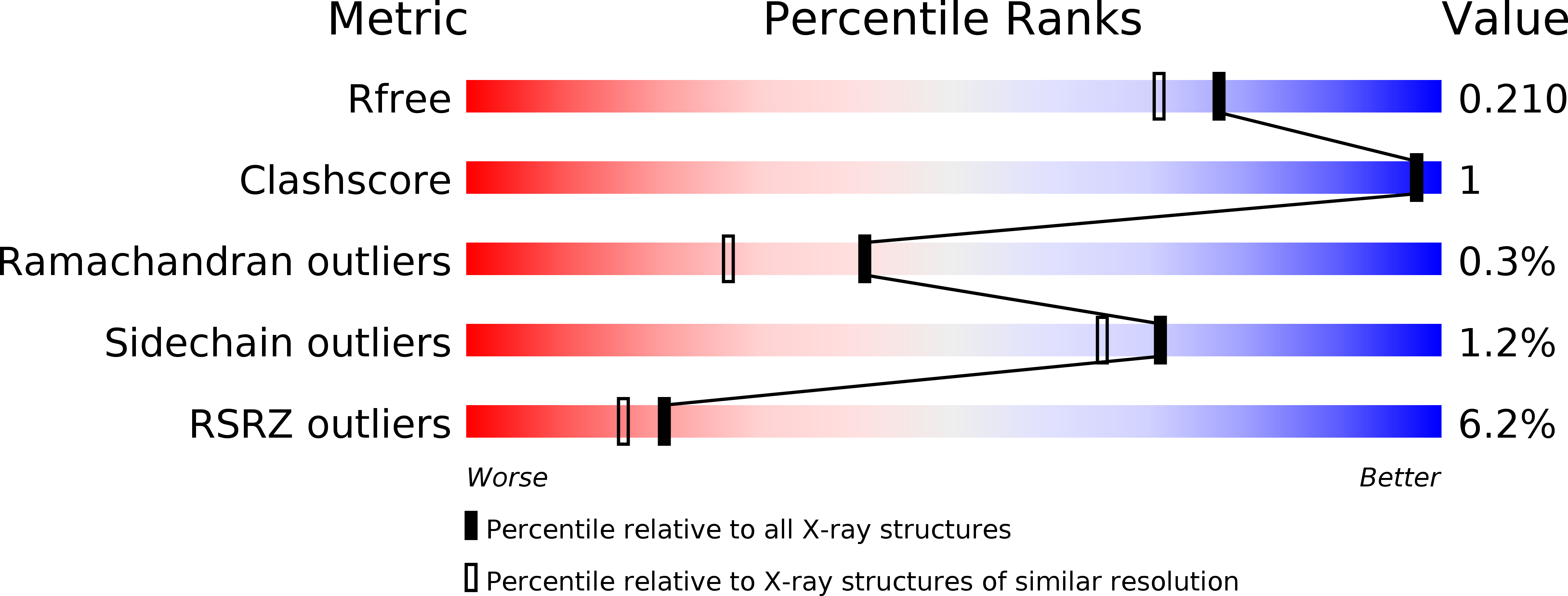
Deposition Date
2018-04-30
Release Date
2019-05-15
Last Version Date
2024-10-16
Entry Detail
PDB ID:
6GFE
Keywords:
Title:
High-resolution Structure of a therapeutic full-length anti-NPRA Antibody with exceptional Conformational Diversity
Biological Source:
Source Organism:
Homo sapiens (Taxon ID: 9606)
Host Organism:
Method Details:
Experimental Method:
Resolution:
1.80 Å
R-Value Free:
0.20
R-Value Work:
0.18
R-Value Observed:
0.18
Space Group:
P 1 21 1


